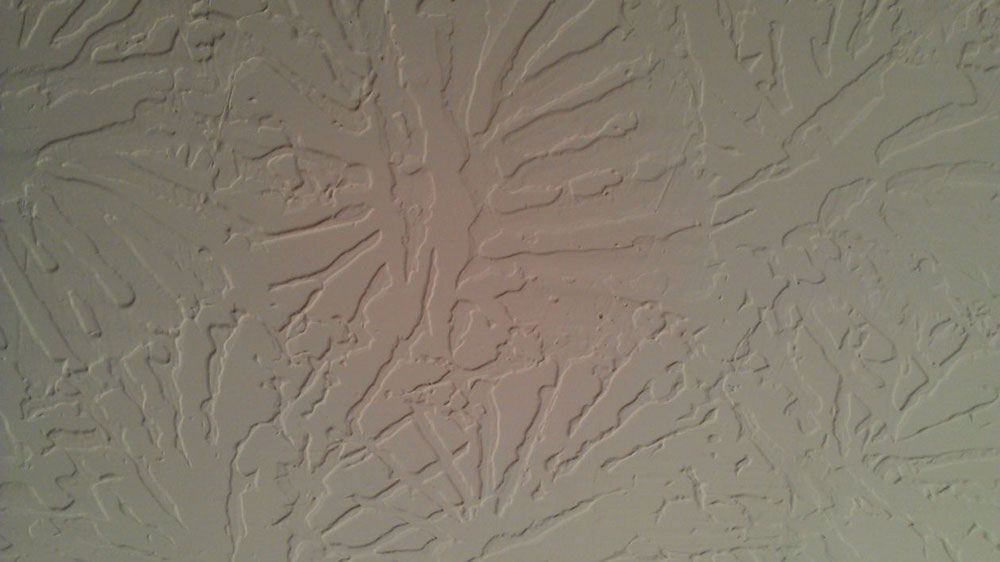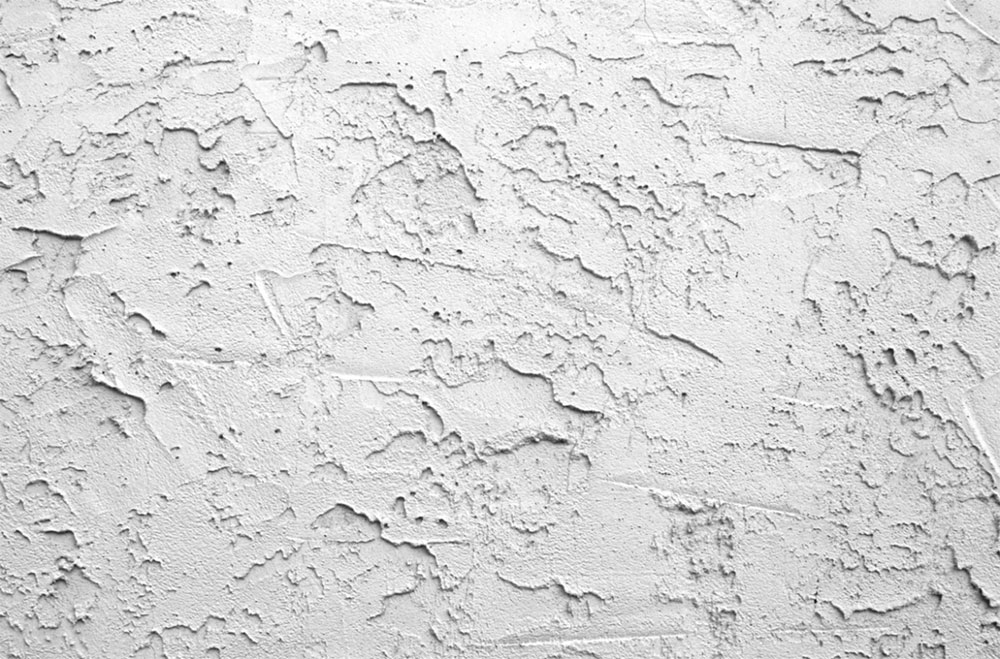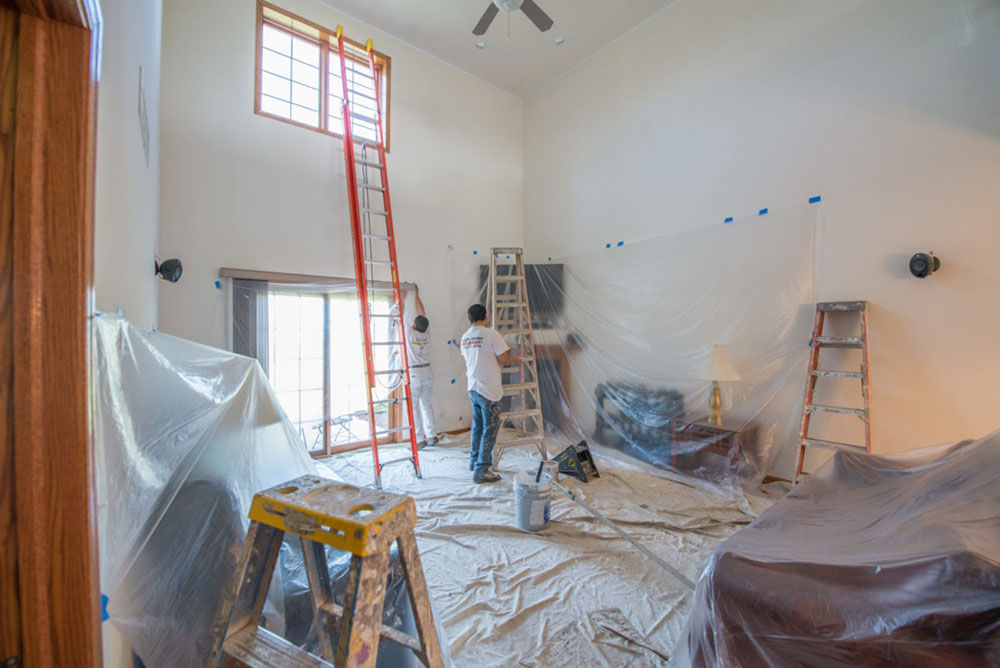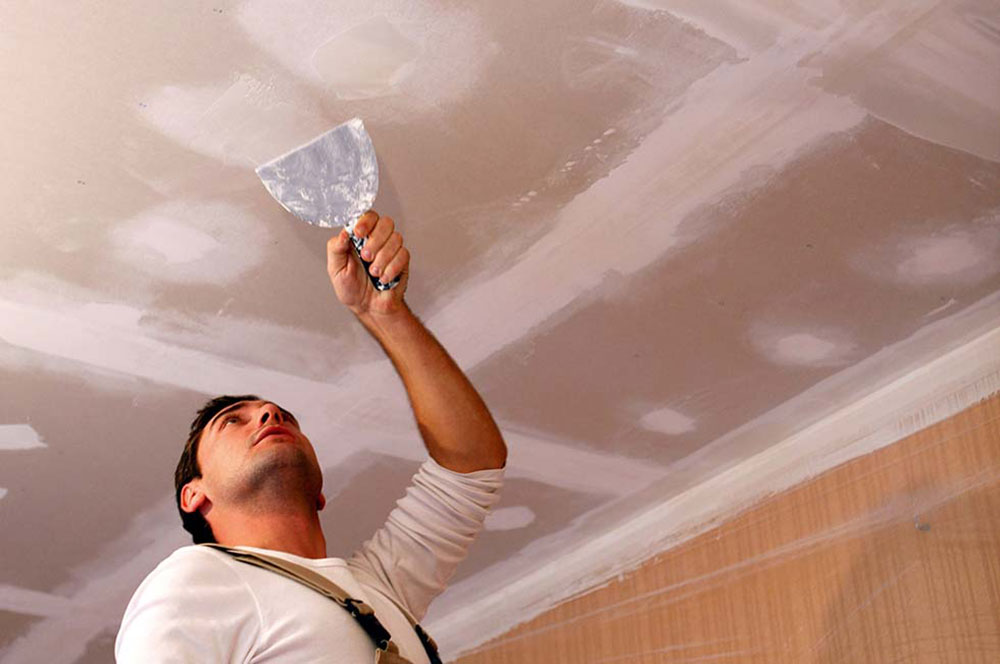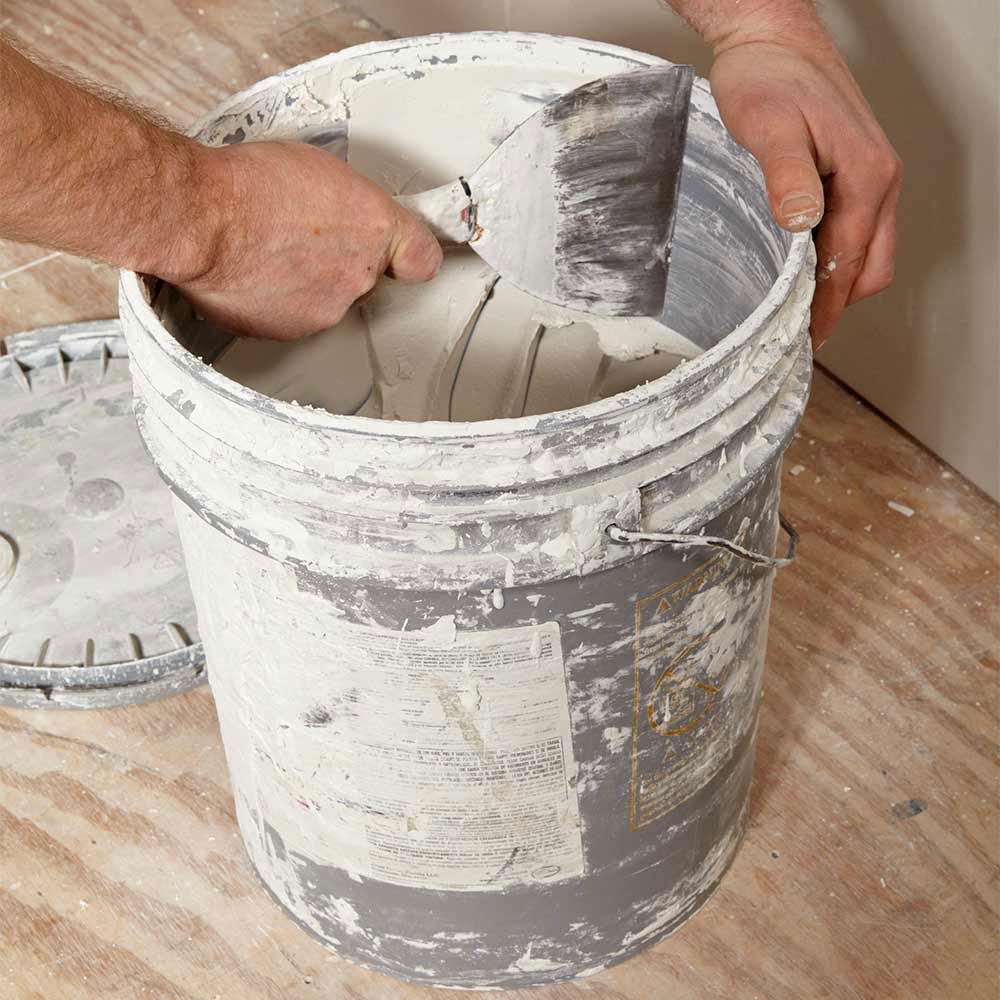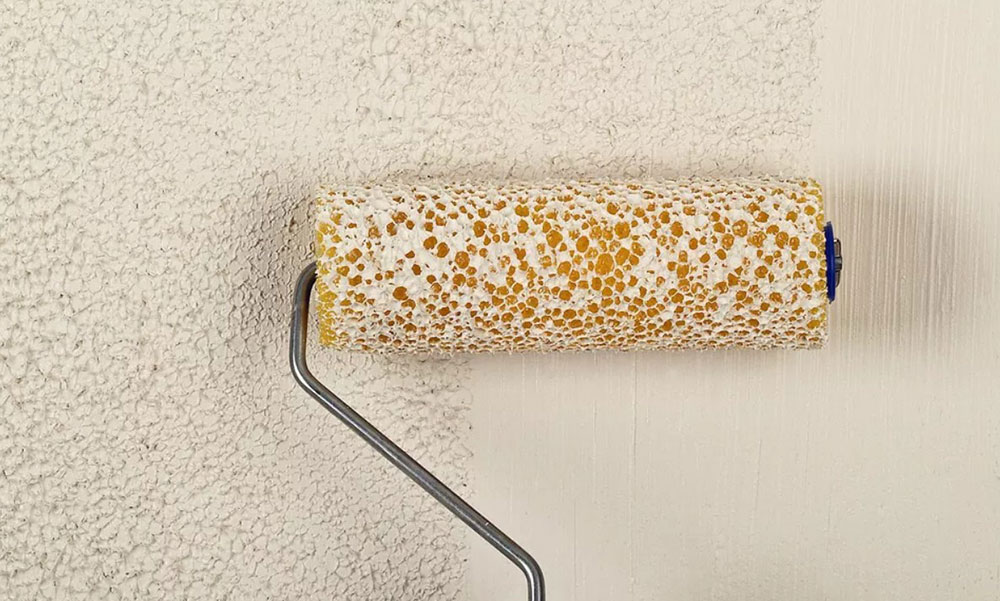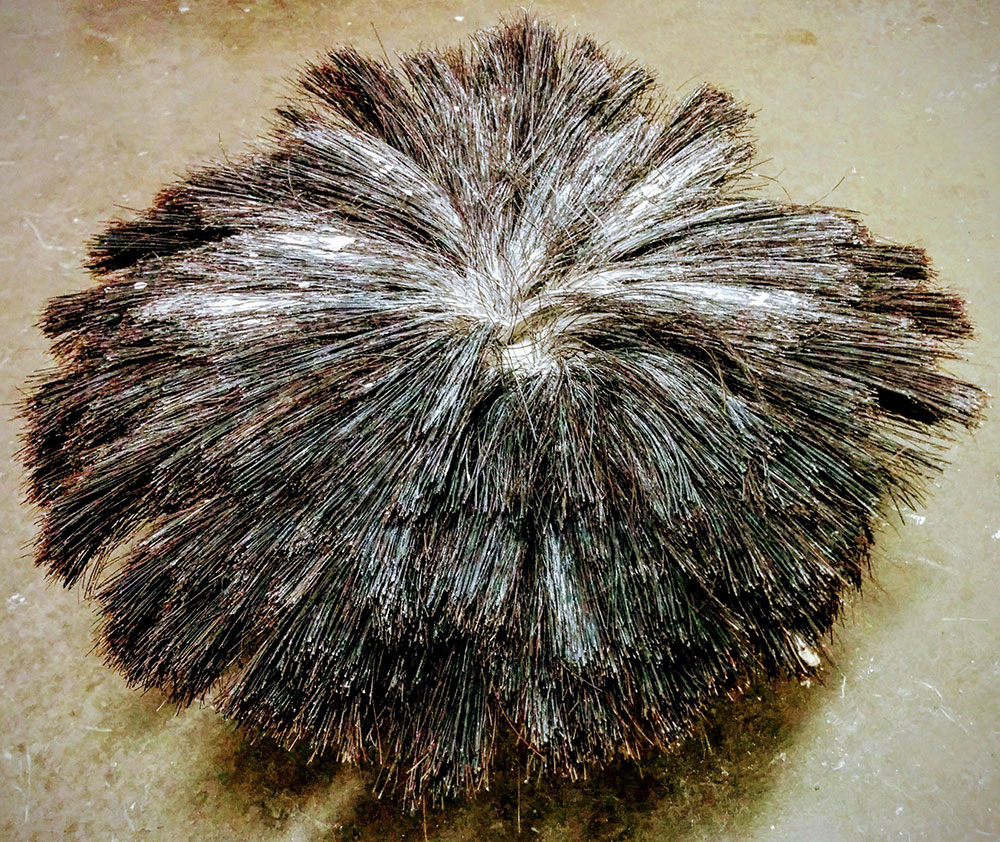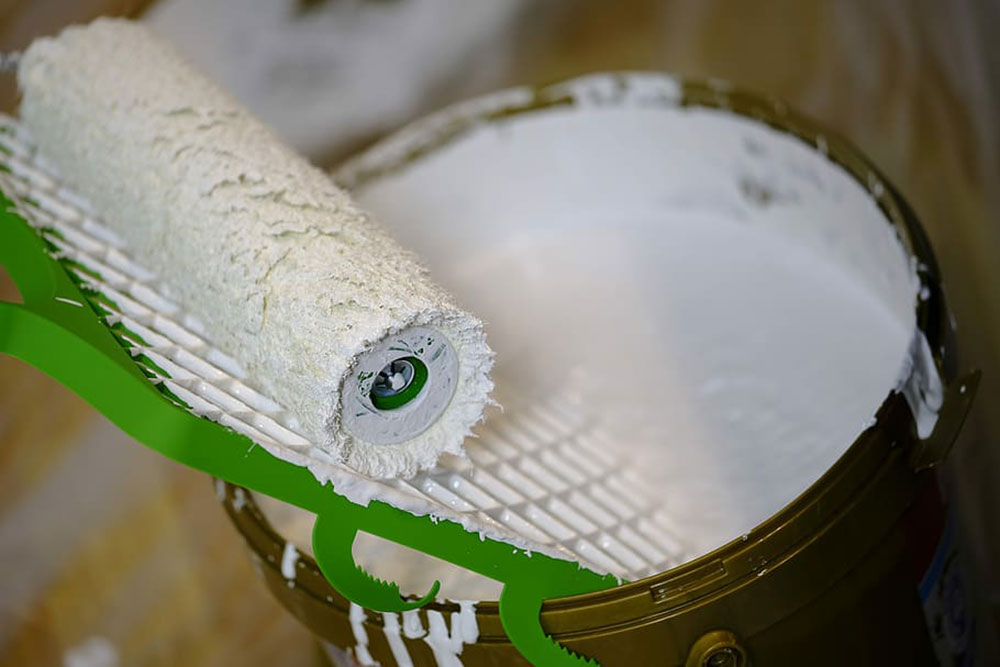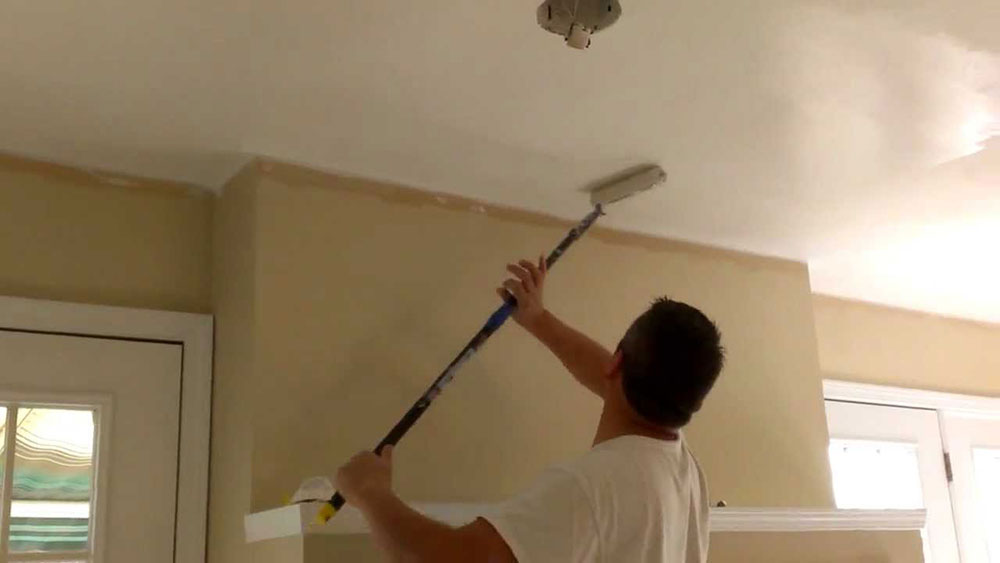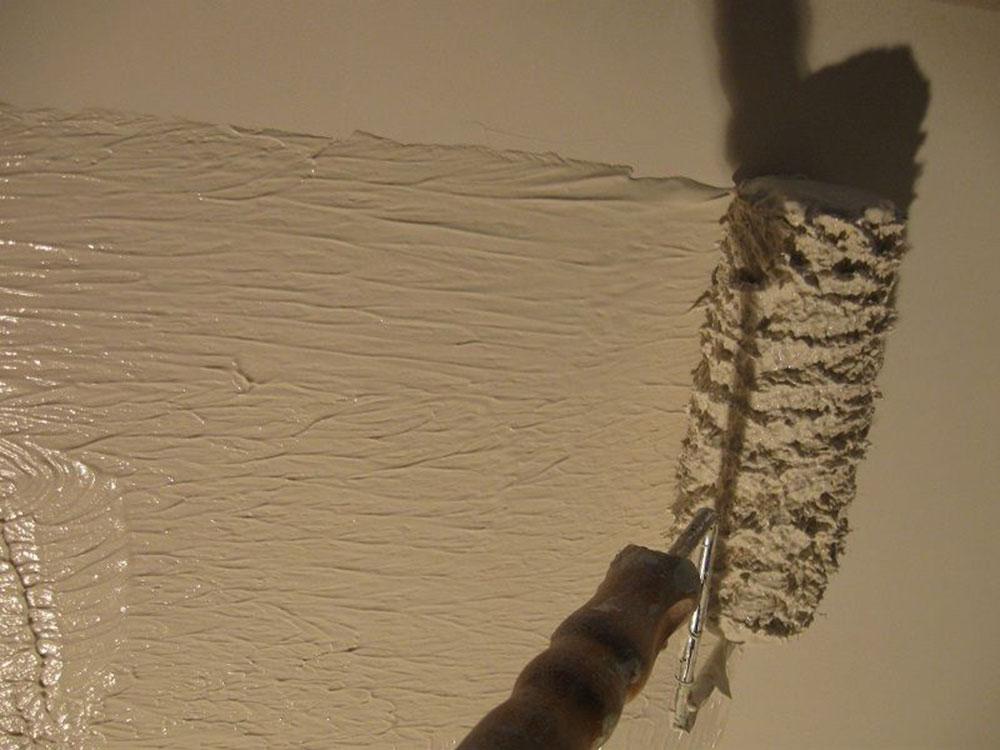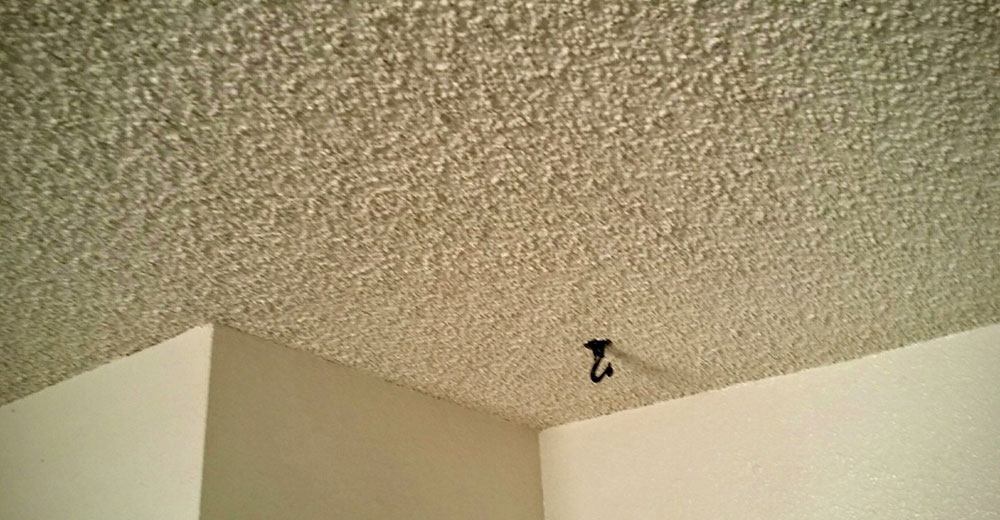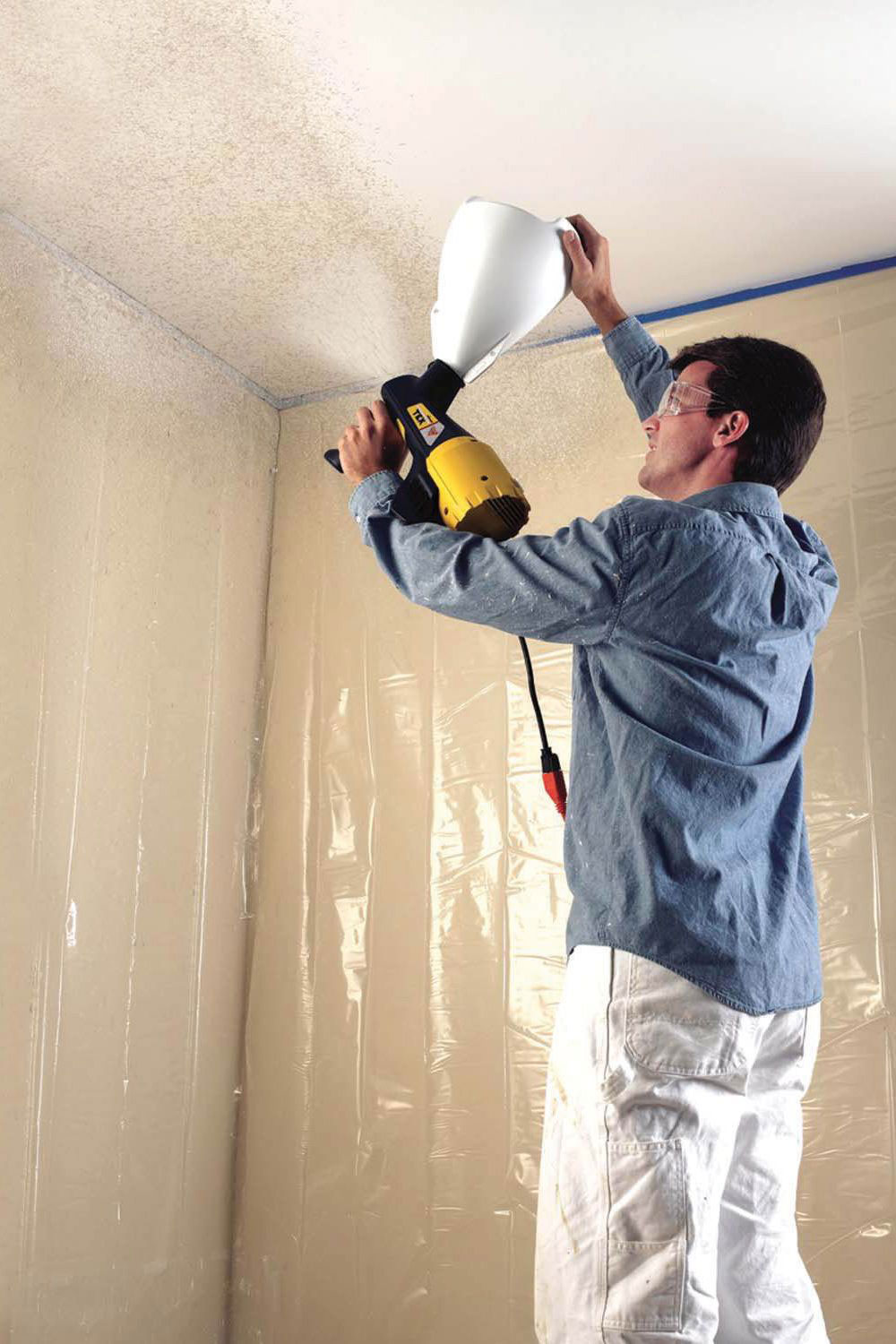Advertisement
When considering the interior décor of a room, the doors and walls usually get all the attention. This is why most people don’t bother learning how to texture a ceiling. Decorative items such as pictures and paintings can make the walls attractive.
Also, flower baskets, letter monograms, and wreaths help beautify doors. These make the ceiling an insignificant part of the interior décor. Most homeowners don’t go beyond coating their ceilings with white paint.
To be honest, your interior décor won’t be complete without giving your ceilings extra attention. For most homes, having a textured ceiling is all that is necessary for excellent home décor. Also, ceiling defects such as water damage and cracks are easier to hide with ceiling textures.
Since it is a DIY project, there are several options to pick from when deciding how to texture a ceiling. One type of ceiling texture most individuals are familiar with is the popcorn or stucco ceiling. Also, you have the orange peel, knockdown, French lace, and many more options.
With so many options available, you must select a ceiling texture that will match your home décor. If you already have a choice in mind, then the next step is to learn how to texture a ceiling. This is what you learn in this article, so read on for more information.
Make Plans for Texturing
There are specific steps that you must take if you want to create a textured ceiling, and they include:
Place protective coverings
Doors, windows, and floors are areas you must cover before attempting to create a ceiling texture. Make sure you use old bedsheets or heavy canvas and not plastic when covering the floors. Plastic coverings are slippery, which makes them dangerous.
For your doors and windows, plastic sheeting is an excellent option. Finally, use masking tape to cover light fixture bases, trim, and outlets.
Seal Cracks
Although texturing a ceiling can help hide defects, it can sometimes make them more visible. This is why you need to take time to address any inconsistencies and cracks in your ceiling. Your goal is to smoothen the ceiling and use crack-filling pastes like Spackle to seal cracks.
If you notice a structural problem, do invite a contractor or inspector to help out. Failure to attend to these issues early can cause them to worsen in the future.
Be Sure to Prime
Priming your ceiling is an action that improves the quality of the ceiling texture. It eases the process of applying the texture and makes it last longer. The textured ceiling paint will determine the paint primer you will use.
If you intend to use light paint, then you pick a light primer and vice versa. When priming, ensure the layer is thin and consistent. There should be information on the can to let you know how long it needs to dry.
Mix Your Compound
To make the joint compound thinner, you must mix it with water. You can perform the mixing manually or with the aid of a blade mixer and drill. The drill you need is a variable-speed ½-inch drill.
To mix manually, you need a 5-gal. paint stirring stick that paint stores offer for free. Get an empty 5-gal. bucket, and add half of the contents of the pre-thinned joint compound. Now, add the right quantity of water to both, and mix.
Using a Texture Brush and Joint Compound to Texture Ceilings
To comfortably reach the ceiling while working, you must attach a long pole to a paint roller. Now, dip the roller into a bucket of the mixture, and cover it completely. Pull it out and roll it over the ceiling surface.
Limit yourself to a 3×3 section using your current position as the center. To improve your work, start applying the mixture from the edges, then pull the roller towards you.
The thickness of the mixture will vary depending on how deep the texture you need. Still, you need to achieve a minimum of ½-inch thickness. When you cover half of the entire ceiling, stop dipping the roller in the mixture.
Now, ensure consistency of the mixture on the ceiling by rolling in the opposite direction. If you want to get uniformity in the patterns, ensure there is no mixture on the roller. The next step is to pull out your ceiling texture brush.
Although the “crow’s foot” and “star pattern” are common, there are other ceiling texture patterns and styles. It all depends on the type of brush you use. The good news is that there is little difference between the techniques you use with each brush.
For texturing the ceiling with the brush, you first need to coat it with the mixture. To do this, you can gently use the roller to apply the mixture on the brush. Like what you did with the roller, you need to attach the texture brush to a long pole.
You create a pattern on the ceiling by pressing the brush into the mixture or ‘stamping’ and pulling it out. The good idea is to be the only one making these patterns. Too many people working on it will produce differences in ‘signature.’ This is due to unique stamping techniques.
You can stamp the mixture randomly or in a pattern to get a texture effect you want. While the pattern is still wet, you can make adjustments. This is why you need to stop after creating a few patterns to see if you’re getting what you desire.
At the edges where your walls and ceiling meet, you need to use a smaller brush. A 1-inch or ½-inch brush is an excellent option for a neater appearance if you’re still an amateur on how to texture a ceiling.
How to Texture a Ceiling Using a Roller
You can roll on ceiling texture with a roller if you decide not to use a texture brush. First, you need a 5-gal. bucket to mix latex paint and dry texture ingredients. This will produce the texture paint you need.
When using a roller, a roller screen is a crucial addition to the bucket. This helps in controlling the amount of texture on the roller. If you want a deeper texture finish, then you need a roller with a long nap.
To begin, press the paint roller into the bucket of the mixture. As you pull out the roller, roll it over the screen to remove the excess mixture. Now, you can start texturing the ceiling.
An excellent idea is to avoid getting to the wall when using a roller. You can leave at least 2 feet between the wall and the wet edges on the ceiling. Repeat the rolling process, and be sure you’re not putting a lot of pressure on the roller.
If there is excess pressure, you will have flat areas as the roller slides over the ceiling. If you want to complete the process from the floor, then using an extension handle on the roller is vital. A significant benefit of working from the floor is a better view of the ceiling when trying to identify spots where you need to re-roll.
The texture paints usually set fast, so you need to take this into account when working. If you have crumpled paper, sponges, combs, whisk brooms, or a trowel, you can create unique patterns and designs on the ceiling.
Using a Rag to Texture
When deciding on how to texture a ceiling, you can consider using a rag. To do this, you must first wash or soak the rag. You can use an old tee-shirt or soft cotton rag for this process, and wring the rag to leave it damp.
You need to use a roller to apply a paint/glaze mixture to the ceiling. This mixture is usually a one-part paint and four parts glaze mixture. With the damp rag, you can perform a patting or dabbing motion on the ceiling.
This creates a unique pattern on the ceiling. You can also try creating a long roll of rag by twisting it. Once you have this roll, you can roll it over the ceiling to get a textured pattern. Using a rag is an excellent example of how to texture a ceiling by hand, and you can replace the rag with a sponge.
The Popcorn Ceiling
Popcorn ceiling is a slang that many people use when referring to the acoustic ceiling, stucco ceiling, or stipple ceiling. The popularity of this ceiling finish is due to its cost-effectiveness as a finishing technique. This was during the rise of suburban housing developments. It was necessary as a means to hide imperfections and cracks that occur while building.
To create a popcorn ceiling, preparing the ceiling for painting is crucial. You must start by using a stain-blocking primer to coat the surface. You then need to mix a bag of the popcorn ceiling spray with 2 gallons of water.
For individuals that read a lot on how to spray texture a ceiling, that information will be useful in creating a popcorn ceiling. The popcorn ceiling spray and water mixture is usually liquid and requires the use of a texture gun.
Ending thoughts on how to texture a ceiling
When you decide to learn how to texture a ceiling, do remember that there are several ceiling texture options available. Your room style is usually a vital factor when determining the type of ceiling texture to select.
The goal of the textured ceiling is to make the room visually appealing, attractive, and warm. While it may help conceal imperfections, it also gives an organic feel to the room style. When you decide to remodel the walls in your home, texturing the ceiling can help meld them with the existing walls.
There are so many effects and colors that you can use in creating ceiling textures. It helps give your room a unique personality that is noticeable to anyone that comes visiting.
If you enjoyed reading this article about how to texture a ceiling, you should read these as well:

